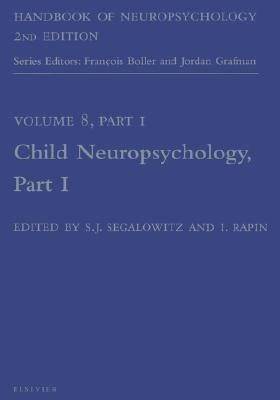
- We will send in 10–14 business days.
- Publisher: Elsevier
- ISBN-10: 0444503641
- ISBN-13: 9780444503640
- Format: 20 x 27 x 2.2 cm, hardcover
- Language: English
- SAVE -10% with code: EXTRA
Handbook of Neuropsychology, 2nd Edition (e-book) (used book) | bookbook.eu
Reviews
Description
Part I considers theoretical perspectives in bridging developmental neuroscience with child psychology, with the role of neuroscience furthering our understanding of the child's mental development, and a separate chapter outlines the importance of plasticity in this growth. Chapters also cover methodological issues arising from epidemiological perspectives and from psychometric concepts and issues. Methods for measuring biological brain function and structure and their particular application to child neuropsychological disorders are covered next, including ERP, PET, SPECT, MRI and fMRI technologies. Included is a chapter devoted to childhood seizure disorders. Separate chapters follow on neuropsychological assessment in infancy, in the preschool child, and in school-aged children. Following this are presentations on the development of motor control, including handedness, and somatosensory perception.
EXTRA 10 % discount with code: EXTRA
The promotion ends in 17d.06:43:08
The discount code is valid when purchasing from 10 €. Discounts do not stack.
- Publisher: Elsevier
- ISBN-10: 0444503641
- ISBN-13: 9780444503640
- Format: 20 x 27 x 2.2 cm, hardcover
- Language: English English
Part I considers theoretical perspectives in bridging developmental neuroscience with child psychology, with the role of neuroscience furthering our understanding of the child's mental development, and a separate chapter outlines the importance of plasticity in this growth. Chapters also cover methodological issues arising from epidemiological perspectives and from psychometric concepts and issues. Methods for measuring biological brain function and structure and their particular application to child neuropsychological disorders are covered next, including ERP, PET, SPECT, MRI and fMRI technologies. Included is a chapter devoted to childhood seizure disorders. Separate chapters follow on neuropsychological assessment in infancy, in the preschool child, and in school-aged children. Following this are presentations on the development of motor control, including handedness, and somatosensory perception.


Reviews